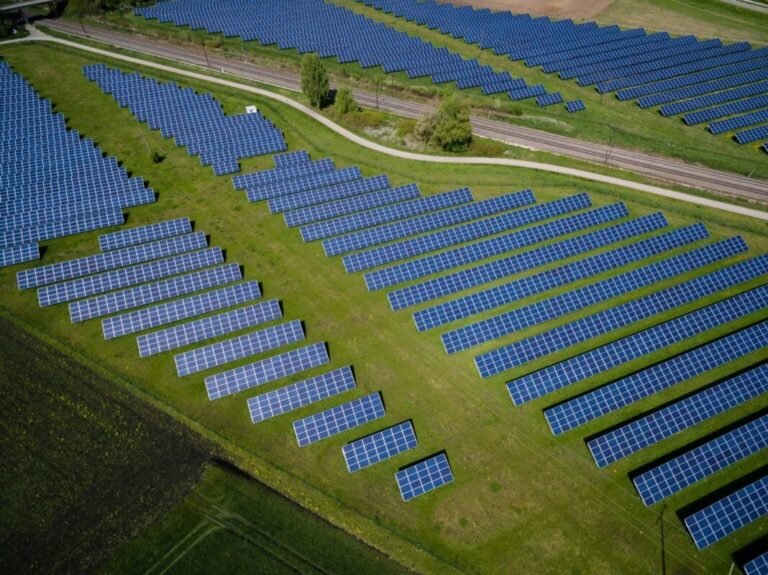The British government consults on reforms of its auction scheme for renewable energy sources, including a longer target window (TWC) for Solar PV.
The changes, of which the government says it “clears the road” for more renewable projects that will be online by 2030, would reflect the increasing size of solar projects in the pipeline of the UK.
After explaining the capacity of generating goalmates in its Clean Power 2030 Action Plan (CP30), the government addresses the barriers to achieve its goal by reforming the CFD schedule to offer investors more certainty and a “better” Deal for consumers “.
According to the Department for Energy Security and Net Zero (Desnz), the UK has already installed or committed 30.7 GW offshore wind, with another 7.2 GW capacity permission, at a target capacity range of 43-50 GW required for clean electricity by 2030 .
The proposed reforms also include relaxed criteria for the planning allocation for offshore winds with fixed soil and increasing the CFD contract period after 15 years.
Energie -Secretary Ed Miliband said: “Our daring new reforms will give developers the certainty they need to build up clean energy in the UK, to support our mission to become a superpower of clean energy and for good accounts to get. “
The applications for AR7 are expected to be opened in the summer of this year. The government’s consultation runs until March 25 and its decision is expected before AR7 is opened.
Last year’s allocation round, AR6, had the largest budget assignment ever and delivered 128 projects with 9.6 GW capacity. CP30 promised CFD reform to better make the development of renewable energy sources possible.
Longer commissioning window for Zonne -PV
According to the current CFD rules, developers must include a starting date for a three-month target window (TWC) in their allocation round, which must overlap with one of the delivery years offered during the CFD dental round.
If a generator has not submitted his project at the end of the TCW, the 15-year payment term will start in any case and the project will receive less subsidy on day by day (known as ‘Contractterosie’). This ‘Cliff Edge’ offers a financial incentive for CFD generators to deliver their projects during the TCW to protect maximum available subsidy.
Although most generating technologies that are eligible for CFD assignment TWCs of 12 months have, Solar has a three-month window due to the relatively fast pace of commissioning.
However, the government acknowledged that the increasing size of projects in the pipeline could become a “potential barrier for the use of solar energy”.
Handelschaan that represents the British sun sector, Solar Energy UK, welcomes the consultation. The Chief Executive, Chris Hewett, said:
“We are pleased to see the absorption of measures that support the growth of the sun sector, in particular a proposal to grant more leeway for commissioning times, and to extend contract periods after 15 years.
The consultation offers the possibility to refine the CFD mechanism, so that it remains suitable for the purpose and investments in infrastructure for clean energy. “
A Version of this article first appeared on our sister site, Current ±.


